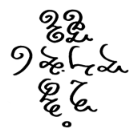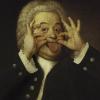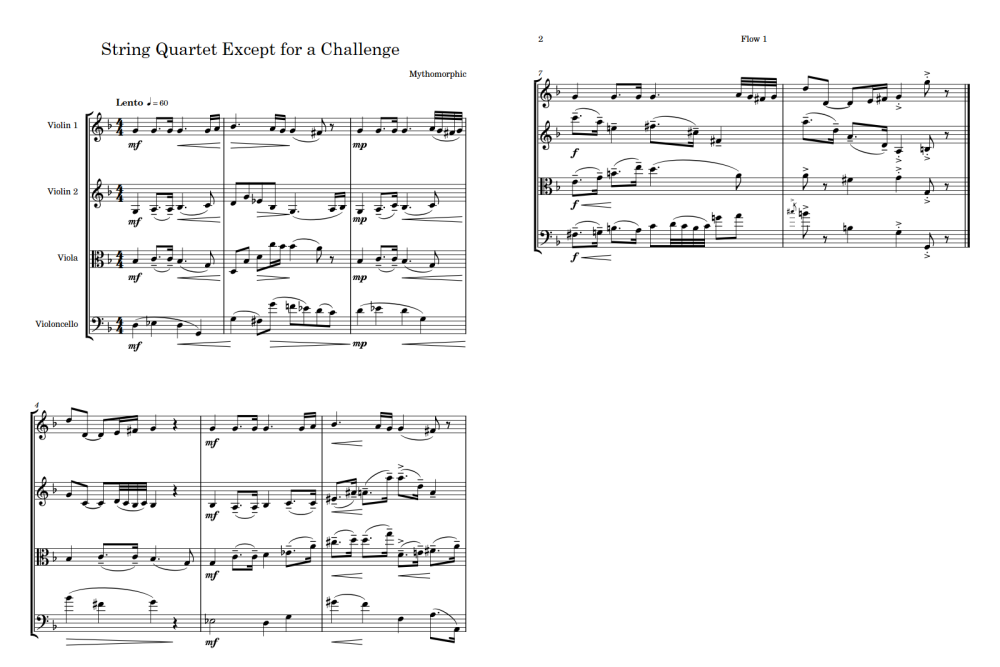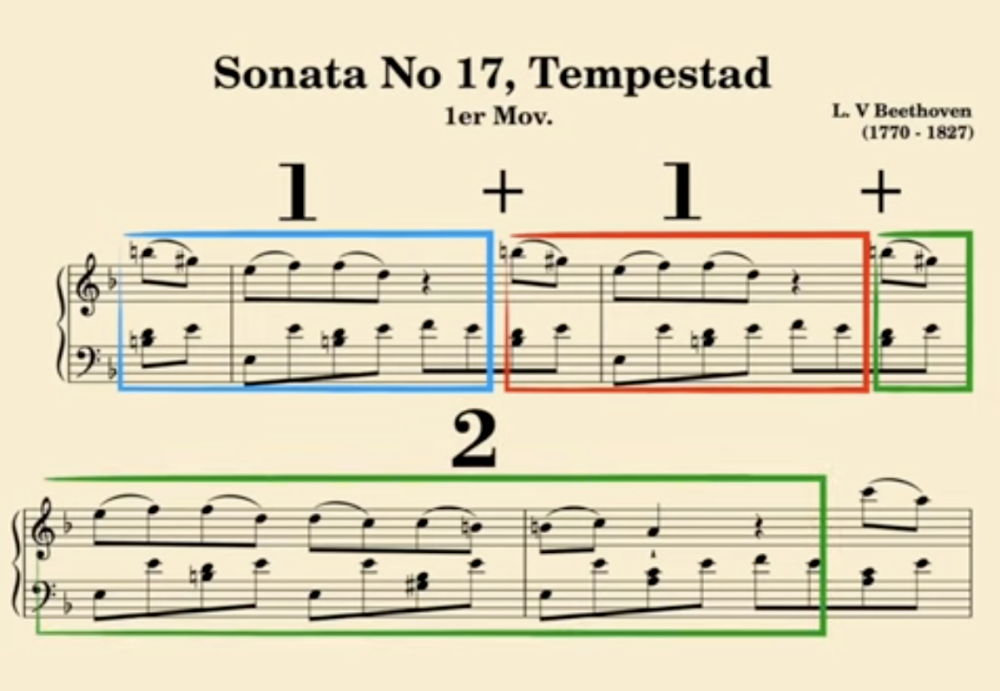All Activity
- Past hour
-
Daninsrn joined the community
- Today
-
What are you working on at the moment? What do you still want to compose?
-
NicholasG started following The Echos of Flame - Work in progress
-
I'm here to ask, am i doing alright? Does anything need to be changed now before I continue the piece? I've fixed everything I can see but I'm not sure if there is more. Does it at least sound cool consistently? I'm going for an epic vibe. I also wanted to add, the oboe solo is the main theme
-
Thank you HoYin! I've been studying the effects of surprise in psychology. It was believed that a sudden attack in music after tranquility helped release the "bad spirit" or troubling memory. Anyway, I can't wait to have it performed live. If you know any ensemble willing to perform it, let me know!
-
PeterthePapercomPoser started following La Soireé dans Granade by Debussy (Orchestrated)
-
Getting back into composition from a long hiatus, I decided to orchestrate a piano piece by Claude Debussy. The piece is a movement from his piano suite Estampes titled La Soireé dans Granade (Evening in Granada). I'm still not too familiar with Debussy's piano music as a whole, but this suite definitely piqued my interest in that genre. I wasn't aware at the time, but several high profiled figures have orchestrated this movement (and other movements of the suite), and I did avoid listening to them so I don't copy them. Link to the original piano composition: The audio quality is a little meh...this is the last piece I wrote before I switched out of Finale/Garritan to Dorico/NotePerformer. Any feedback is appreciated!
-
- 3
-

-

-

Three Sententiae for String Orchestra, Op. 354
luderart replied to luderart's topic in Orchestral and Large Ensemble
Thank you Henry for your review and observations. Indeed a compound meter in the time signature of the 1st sententia would have been a good alternative time signature. I will keep that in mind in future works.- 2 replies
-
- string orchestra
- sententia
-
(and 1 more)
Tagged with:
-

Three Sententiae for String Orchestra, Op. 354
Henry Ng Tsz Kiu replied to luderart's topic in Orchestral and Large Ensemble
Hi @luderart, The texture in these 3 Sententiae reminds me very much of the parallel organum, and I like the serious mood in it. For me the time signature of the 1st one may be marked in a compound meter so that the triplets signs can be replaced? Thx for sharing! Henry- 2 replies
-
- 1
-

-
- string orchestra
- sententia
-
(and 1 more)
Tagged with:
-

Canon a 4 for String Quartet in F minor.
Henry Ng Tsz Kiu replied to Fugax Contrapunctus's topic in Chamber Music
Hey Pabio! Very nice canon! This one is more rhythmic and really moves the music forward. Thx for sharing! Henry -
Hi @EnriqueMZ! Nice March! Maybe for me I would vary the rhythm a bit at the latter half, or change the accompaniment for bars after b.17 to dotted rhythm as well for a more exciting mood. Thx for sharing! Henry
- 1 reply
-
- 1
-

-
Hi @Kiliminati! Nice little fantasy piece! Maybe you can change the 2nd violin to a viola or cello? Then you can have lower notes for the accompaniments. Thx for sharing! Henry
-
Henry Ng Tsz Kiu started following Three Sententiae for String Orchestra, Op. 354
-
PeterthePapercomPoser started following Three Sententiae for String Orchestra, Op. 354
-
luderart started following Three Sententiae for String Orchestra, Op. 354
-
This is my "Three Sententiae for String Orchestra, Op. 354", an opus the composition of which extended over almost two years. It is my 56th opus consisting of sententiae, out of 70 opuses so far (as of July 1, 2025) (68 sets and 2 solitary, for a total of 225 individual sententiae). The composition of this set having started almost two years ago, I have since composed 14 more sets of sententiae! It is my fourth set of sententiae for string orchestra. I hope that you enjoy it. Here is the link to my previous set of sententiae for string orchestra: https://www.youngcomposers.com/t36499/two-sententiae-for-string-orchestra-op-309/
- 2 replies
-
- string orchestra
- sententia
-
(and 1 more)
Tagged with:
- Yesterday
-
InterstellerApex joined the community
-
As stated in the title, this perpetual canon follows all diatonic intervals of the key of B-flat major, as every entry begins on a different degree of the major scale as a tonal transposition of the canon's theme. Since every voice enters while alternating between strong and weak beats as displaced accents, this canon could also be described as "per arsin et thesin", so to speak. Enjoy! YouTube video link:
- 1 reply
-
- 1
-

-

Canon a 4 for String Quartet in F minor.
Fugax Contrapunctus replied to Fugax Contrapunctus's topic in Chamber Music
Precisely because of the issues presented by the MuseScore 4 soundbanks I had to remove the cello's initial staccato. It made that single quarter note sound way too strong and became unwieldy when trying to get the playback functionalities to work properly. In any case, thank you kindly for all your feedback, including that which you gave for my other relatively recent compositions. -

The 12 Day War for Wind Ensemble
HoYin Cheung replied to Vonias's topic in Orchestral and Large Ensemble
Hi @Vonias, I enjoyed your piece and I find it exciting. For the "atonal" part, I would say it is polytonal at most, at least it's what I perceive. The syncopation and asymmetric rhythms in this work, as @Henry Ng Tsz Kiu says, do remind me of Stravinsky, in a good way. And the vertical/ blocky, parallel writing too. The last part does surprise me with the tranquil, eerie vibe before the last blasting. -
Wieland Handke started following Fughetta in C-sharp minor.
-
MusicSensei joined the community
- Last week
-
Thank you Henry!
-
PeterthePapercomPoser started following Piano + Synth. Pad and The John Sanders Memorial for Young Composers 2026
-

Quick little harmony/counter-point mini-challenge :)
HoYin Cheung replied to UncleRed99's topic in Challenges
-
Bill Armiger joined the community
-
Would it be possible to alert your members to the opportunity presented through The John Sanders Memorial Competition for Young Composers? I attach a text which you may wish to use. Best wishes Bill Armiger Hon Secretary The Sanders Society Budding composers are invited to take part in this unique competition Gloucester Cathedral in the UK has been 'home' to many renowned musicians over the centuries, including Dr John Sanders who was Director of Music there between 1967-1994. His composition 'The Reproaches', is widely regarded as one of the 20th century's most evocative pieces of church music and is regularly performed by choirs around the world. Following John Sanders’s death in 2003, The Sanders Society was formed and since then - corresponding with the renowned Three Choirs Festival in Gloucester - organises a successful and prestigious competition for young composers, drawing entries from all over the world. There is an £1,000 prize on offer, as well as the prospect of a possible publishing contract, and the opportunity to hear the winning composition performed during the Three Choirs Festival week in the matchless acoustic of Gloucester Cathedral by three of the UK's finest cathedral choirs . Details from: www.sanderssociety.org.uk
-
Debussy orchestration (Footsteps in the Snow)
Alex Weidmann replied to Alex Weidmann's topic in Orchestral and Large Ensemble
Thanks Henry! MuseScore makes contra sound extra realistic with that blowing sound. -
Debussy orchestration (Footsteps in the Snow)
Alex Weidmann replied to Alex Weidmann's topic in Orchestral and Large Ensemble
That's probably 'cos I'm a little odd! 🤪 Glad you liked it though. Will try con sord, though I already have flautando at the end; but I guess I could use both together? -
Hello The truth is that, although I love most pop music, when it comes to writing music, I have always done so “note by note” with orchestral instruments. But I have often heard short piano pieces where a base sound or harmonic cushion is added. Sometimes excessively so. But anyway, I wanted to try something very simple and add (in some parts) a couple of basic notes of harmony. I liked the result.
-
Hello This music sounds fantastic. Of course, I haven't looked at what modulations there are or how many, but I do think the transitions between them are very well done, which is quite important. As for modulations, which is a fascinating subject, a couple of comments: - There are dozens of ways to modulate, some simpler, others less obvious (and more subtle). I also think that depending on the style you write in, some make more sense than others. - Especially in a work of this magnitude, but in general, I think modulations should follow, or be part of, an overall plan of tension and release. Because modulating for the sake of modulating doesn't make sense either. There are some pop songs whose goal in modulating is “always” to increase tension, which modulate “downward.” However, they achieve their goal. This is a technique I want to analyze a little better. Thanks for sharing, I really enjoyed it.
-
I agree. There are many ways to generate emotion, or to try to... I don't think that a sense of calm is incompatible with resources that focus on musicality and phrasing. This is very evident in vocal music, even in the great pop performers. A very simple and effective example from Beethoven: there is a first bar, which is isolated (by the quarter note rest), there is a second bar that is identical and works the same way. And then, the two simply appear without the pause. Wow, a super-effective way to generate tension, dynamism, and phrasing without changing the basics. Charles Ives' The Unanswered Question is a fantastic example. The harmony couldn't be more static, but the melody (more or less dense in texture depending on the moment) does not conform to the divisions of the harmony. In fact, the tempo of the harmonic part is fixed (Largo) and that of the other parts changes.
-
Sorry for the technical title, I don't consider this music too technical, that's why I'm keeping it's original name in the file. However for the sake of sharing, this is more of an exercise. Lately I've been upset about the lack of modulations in my music, and so I decided to go to the edge of what I can write, so I could get more comfortable writing in this harmonic style. I generally prefer diatonic music, but love key changes, and would like to improve on making strong moments when keys are changing. This piece is generally in a a very easily felt tone center but there are moments, like page 6, which the motif keep reappearing in different tonal centers, forcing the music to adjust with it. This isn't my best music, the orchestration is fine, and it's not really refined or complex, but this was an important step for me.
-
Hello!! Today I would like to share my first prelude 😄 Hope you like it.








